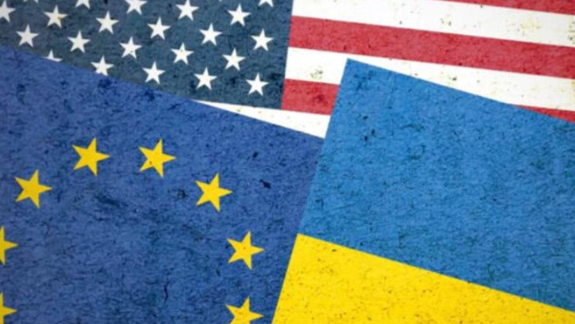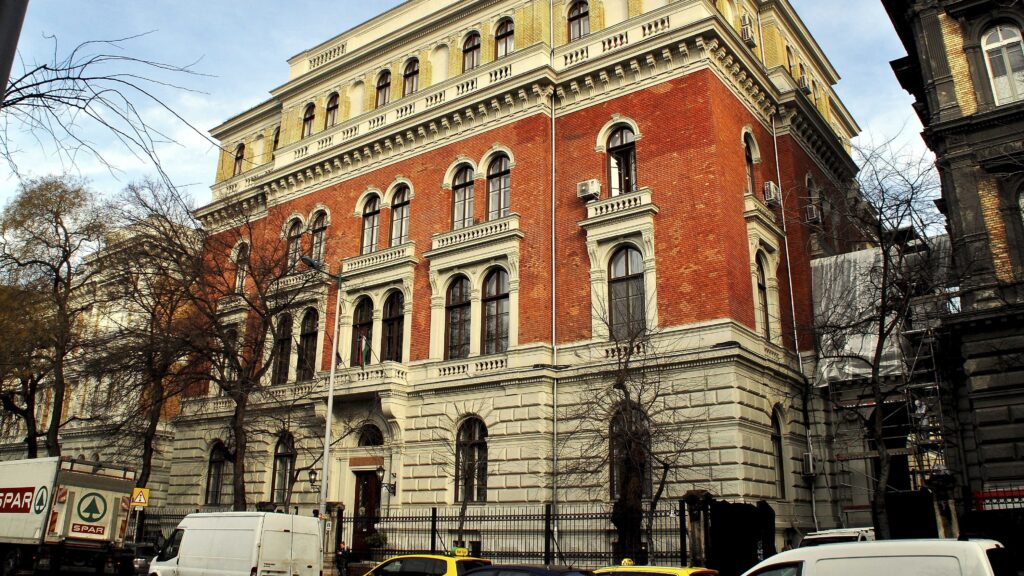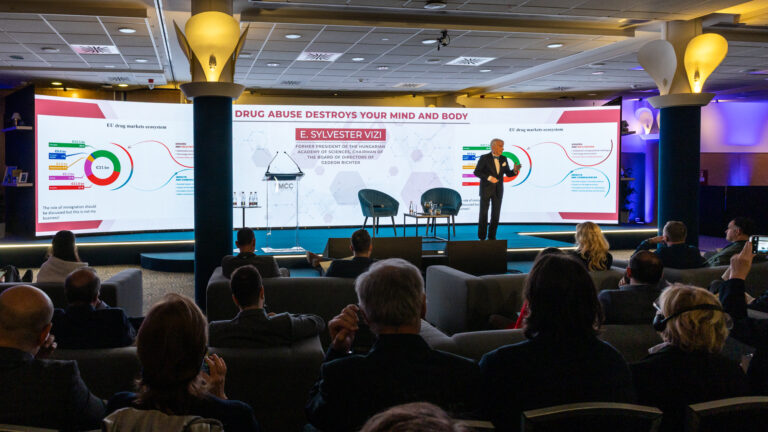The following is a translation of an article written by Viktória Lilla Pató, a research fellow at the Europe Strategy Institute of the University of Public Service, originally published on the Five Minutes Europe blog of Ludovika.hu.
The funeral of Pope Francis was attended by almost every world leader. In addition to the funeral, an important bilateral agreement was also reached, which has been an active part of the international discourse for months: the agreement between Ukraine and the United States of America on the creation of the Reconstruction Investment Fund was signed by the Ukrainian and US Presidents on 30 April and proclaimed by the Ukrainian Parliament on 8 May. The bilateral intergovernmental agreement aims to establish an investment fund for the reconstruction of Ukraine, primarily with US capital. The background to this includes the possibility of access to critical mineral resources.
This is a significant achievement, given that Donald Trump had earlier demanded that Ukraine reimburse the US for its $350 billion war aid package. This was categorically rejected by Zelenskyy, and although in the end, the agreement secured makes no mention of any debt or repayment, it cannot be said that between the lines, the Ukrainian president has not sold off a significant part of his country. The US president continues to see the deal as a business deal, saying that America is, in theory, getting back much more than it gave during the war. Part of this is that the US gets direct access to Ukraine’s mineral resources, including oil and gas—although ownership, and therefore sovereignty, remains with Ukraine.
One important innovation in the agreement is that access to raw materials is not limited to metals for batteries. The US will also have a stake in oil and gas projects, even though these elements were not previously included in the draft. Ukraine also has the right to decide which areas of the country will be developed under the agreement. With 40 per cent of critical raw materials located in Russian-occupied territory, this makes it difficult for the US to recognize Russian occupation de jure or de facto—even though the previously leaked US peace proposal did raise this as a possibility. In addition, Ukraine has a fortunate geological defence: with several major deposits of raw materials close to the front line, US investment could deter Russian advances.
For the US side, the resources can only be of real value if a ceasefire can be achieved quickly—in other words, ending the war has now become an economic interest. A diplomatic summit is scheduled for tomorrow, 15 May 2025, in Türkiye, and it will soon be seen whether the necessary peace negotiators will actually attend.
Many in Europe were worried that the agreement with the US could undermine the strategic partnership between Ukraine and the EU, particularly in raw materials. However, the text of the agreement states that the US respects Ukraine’s desire to join the EU. In addition, Washington supports access to Ukraine for other technologies and investments, such as European ones, meaning that there is no exclusivity clause, at least according to the text of the proposal.
Ukraine can fully reinvest the profits of the first ten years of the investment fund in the Ukrainian economy, in the form of new projects or reconstruction. This could be a historic commitment, but it is not yet in the agreement signed. According to the Kyiv government, this will be the subject of a technical supplementary agreement at a later stage. After ten years, any profits would be shared between the parties.
Although Trump has previously cut military aid, future US military contributions, such as the provision of air defence systems, are back on the agenda as part of the current agreement. The Ukrainian side interprets this as meaning that without the economic agreement, there would have been no new military assistance. However, it is important to note that there are still no concrete security guarantees in the document—the US can withdraw from the agreement at any time, thus Ukraine’s ally remains unpredictable.
‘There is a geopolitical realignment of the world’s raw materials markets, in which Europe’s interests are strongly involved’
Apparently, Ukraine is trying to develop its own capacities in its national rules, albeit at the cost of a lengthy process. On 18 December 2024, the Law No 4154-ІХ on the second reading was adopted (on the basis of the draft law originally submitted on 27 October 2021), which amends certain Ukrainian legislation to update the national programme for the development of Ukraine’s mineral resources base until 2030 and regulates certain issues related to strategic and critical minerals and components. The law aims at updating the mineral resources development programme, defining strategic and critical minerals, introducing a state compensation fund for the geological sector, and strengthening environmental protection.
The global competition for critical raw materials (CRM) is intensifying as the few actors that dominate the extraction and processing of these materials increasingly seek to use these resources as an economic tool and geopolitical weapon.
It follows that the agreement is not just a matter for Ukraine and the US. There is a geopolitical realignment of the world’s raw materials markets, in which Europe’s interests are strongly involved. If US companies are, in practice, given priority access to Ukrainian raw materials, this could limit the EU’s room for manoeuvre at a time when the speed of the green transition will determine future competitiveness.
The European Union must act now: it must strengthen its cooperation with Ukraine and seek new forms of joint mining, processing, and technological development. Because whoever has access to resources today will write the rules tomorrow.
Related articles:
Click here to read the original article.







